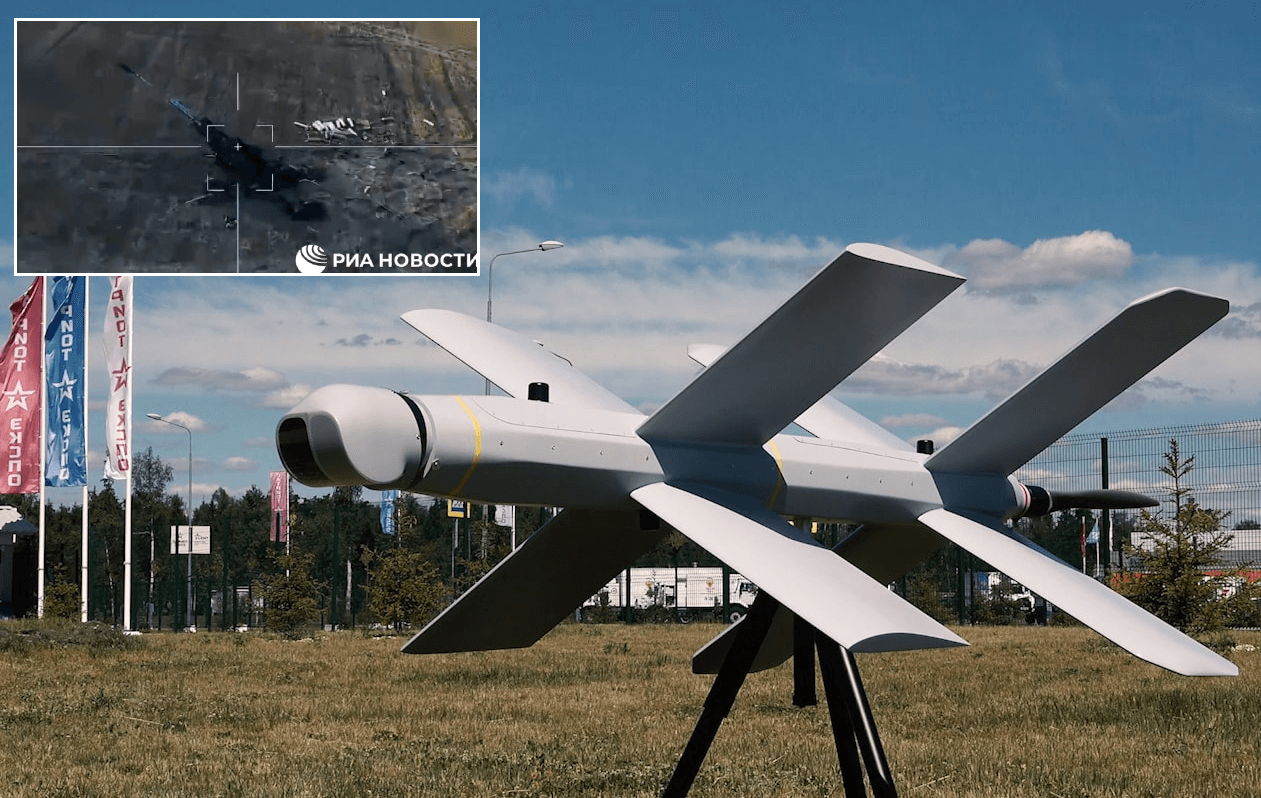Además de actuar como herramientas exitosas de destrucción e incitar el miedo en la mente de cualquier dotación de artillería, Rusia también ha tratado de utilizar completamente el efecto propagandístico de las municiones merodeadoras cargando imágenes de sus hazañas. Irónicamente, las cargas incluyen no solo aciertos claros en objetivos ucranianos, sino también fallas e incluso un ataque a un señuelo obvio Buk-M1 SAM.
The use of Iranian-designed loitering munitions by Russia has received a large share of international media attention. Though they are a menace to Ukraine’s civilian infrastructure, Russia has so far largely refrained from using them against Ukrainian military targets. A more serious development to Ukraine’s Armed Forces comes in the form of the indigenously-designed
Kub and
Lancet-3(
M) loitering munitions that Russia has increasingly been deploying to strike Ukrainian artillery, radars and surface-to-air missile (SAM) systems out of reach from Russia’s ground-based assets.
The increasing use of loitering munitions comes as Russia’s fleet of attack helicopters has suffered extensive losses. [1] The situation is hardly better with the country’s inventory of UCAVs, with heavy losses only prevented by a dearth of UCAVs in the first place. [2] Rather than purchasing additional Iranian loitering munition types to make up for this lack of aerial fire support, Russia has sought to massively expand the production of an improved version of the Lancet-3 (referred to as the Lancet-3M in this article), which was already tested in Syria in 2020. [3] These have seen increasing use since October 2022, although the less effective Kub loitering munition continues to see use as well.
After a suitable target has been located by a reconnaissance UAV like the Orlan-10, a loitering munition is dispatched to the target’s location. In the event that the target moves away from its original location, the chance of a hit is greatly reduced, as neither the Lancet nor Kub have been designed with use against moving targets in mind. [4] Both the Kub and Lancet-3(M) have also been observed to miss static targets. [5] [6] The presence of thick branches in front of a target can also
lead to a premature detonation of the loitering munition. [7] Furthermore, the light warhead of both types (3-5kg for the Lancet-3(M)) not always guarantees the actual destruction of the target, even after a direct hit.
In addition to acting as successful tools of destruction, and inciting fear into the minds of any artillery crew, Russia has also sought to fully utilise the loitering munitions’ propaganda effect by uploading footage of their exploits. Ironically, uploads include not only clear hits on Ukrainian targets, but also misses and even a strike on an obvious Buk-M1 SAM decoy. [8] The Lancet-3(M), unlike the Kub, is fitted with optical-electronic guidance for increased accuracy in the terminal stage, which has the additional benefit that the effect on target is always filmed, in turn enabling analysts to get an idea of the number of successful strikes that were conducted.
A list of Ukrainian targets visually confirmed to have been destroyed or neutralised by Russian Kub and Lancet-3(M) loitering munitions can be viewed below. Most of these losses occured near Vuhledar in Donetsk Oblast, where a Russian Lancet-3M unit took residence. This list only includes destroyed vehicles and equipment of which videographic evidence is available. Therefore, the amount of equipment destroyed is higher than recorded here. Hits on
buildings and
infantry are not included in this list. The list is updated as additional footage becomes available.
Fuente: https://www.oryxspioenkop.com


